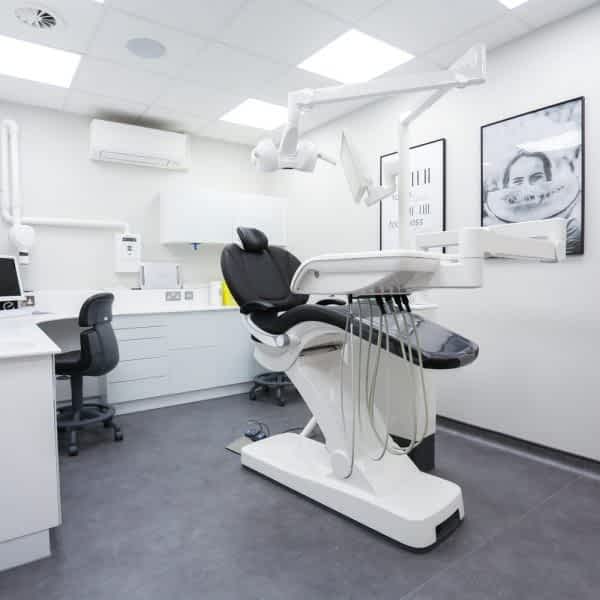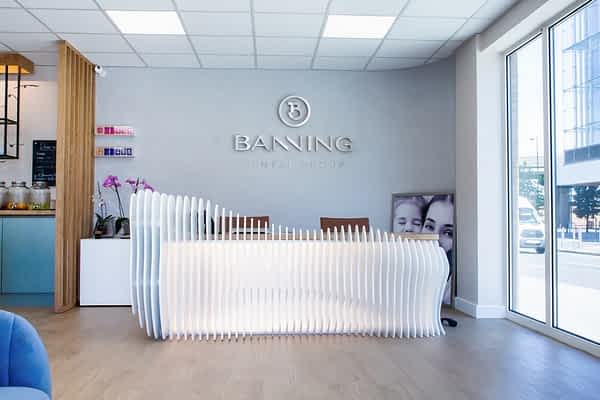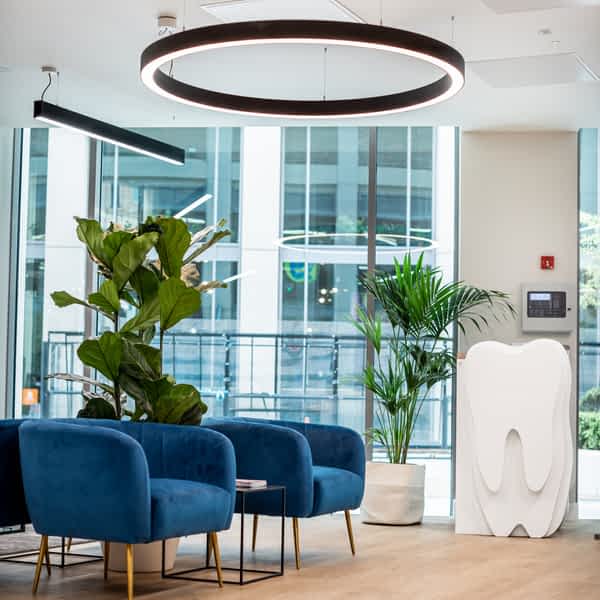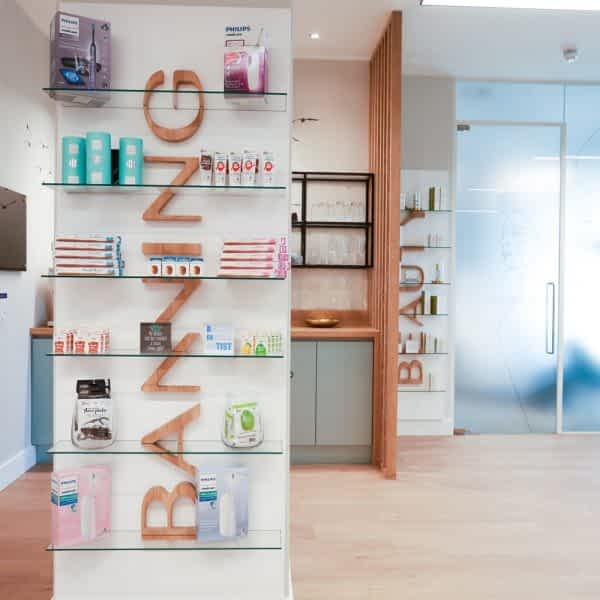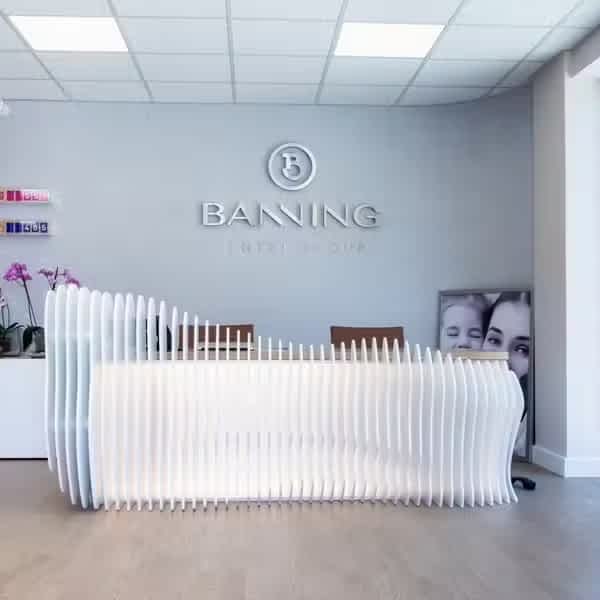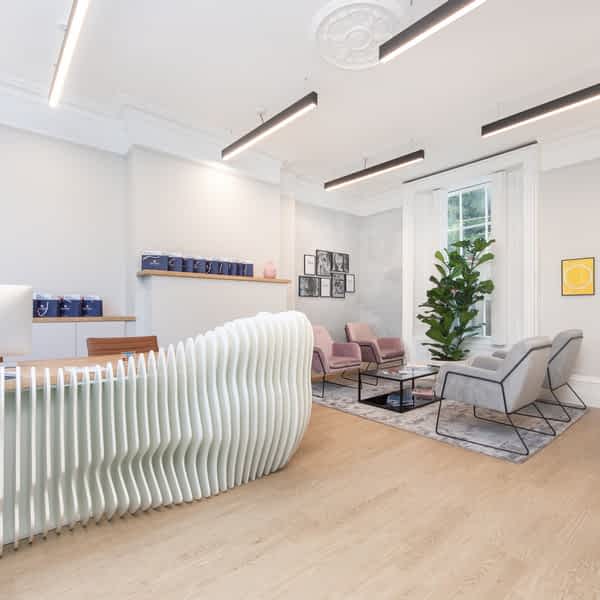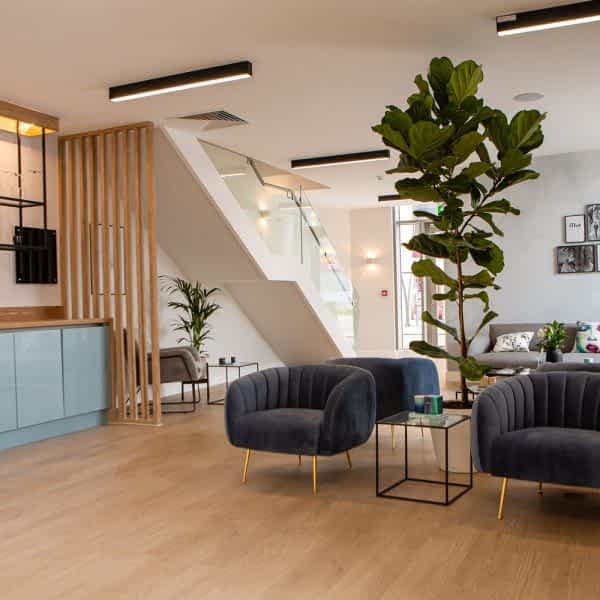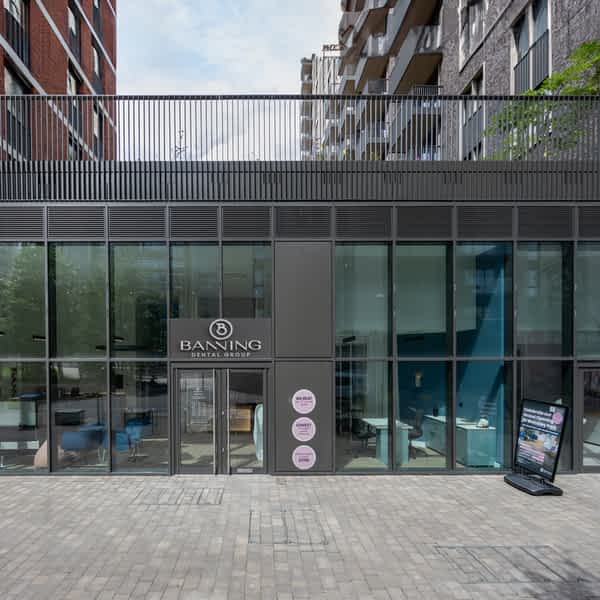
For many, the prospect of lying in a dentist’s chair couldn’t be more nerve-wracking. Just the idea is enough to make people avoid treatment completely, even when suffering from extraordinary amounts of pain. Unfortunately, the more time that passes between visits, the worse a dental condition is likely to become.
What many don’t realise due to their long-running aversion tactics, is that since they last visited a dentist, relaxation and sedation protocols have come on in leaps and bounds. Dentists nowadays are as skilled in delivering anxiety-free, pain-free experiences as they are in performing the oral procedures themselves.
Now, can you own up to any of the following?
- I haven’t visited a dentist since I was a kid
- I’m so scared of needles, I’d rather pull out my own tooth
- Visiting the dentist sends my anxiety through the roof
- I want my teeth to look great, but I’m scared the treatment will hurt
You certainly wouldn’t be alone in these thoughts. The thing is, we are one step ahead of your concerns. Everything that you have imagined to be a problem at the dentist, we have been working on and improving for years! Every little worry or fear that has stopped you from booking an appointment, we already have a solution for!
We have dedicated our time to understand the thought process of a dental visit through a patients eyes. We know that from a patients perspective a good dentist is a dentist tha doesn’t hurt or make you feel anxious. We understand that if you walk away having had a positive experience you are more than likely to return to make your teeth look and feel the best they ever have. You will also probably tell your friends and family.
It’s as much in our interest to deliver a painless dental experience as it is yours. That is why we offer a range of dental sedation options to make you feel relaxed, comfortable and pain-free.
How does dental sedation work?
The end goal of dental sedation techniques is to pacify any feelings of stress or anxiety that the patient may feel so that treatment can be delivered without fear. This is hugely beneficial for the patient, since they will be able to proceed with treatment that they really need or desire whilst feeling completely calm and relaxed.
Sedation levels can be tailored to each individual’s needs and can be minimal, moderate or deep.
Minimal sedation will reduce anxiety. You will remain awake, you will be able to speak and understand what is happening around you, but you will feel totally relaxed.
Moderate sedation will mildly suppress your awareness. You may not remember everything that happens, you may slur your words but you will be blissfully unphased by anything that happens during the procedure.
During deep sedation, you will be on the edge of consciousness, but can be woken. It will take a little longer to recover and you will feel drowsy afterwards.
A general anaesthetic is a total, controlled loss of consciousness. It would only be administered in a hospital environment where heart rate and respiration can be monitored under clinical conditions and would be reserved for only the most extreme cases.
These sedation levels can be delivered in a variety of forms, which your dentist will discuss with you:
Oral Dental Sedation with Pills
Oral sedation is a popular option for many patients with moderate to severe dental anxiety because it does not involve needles. Oral sedatives can be swallowed in pill form or dissolved under the tongue.
You will remain conscious throughout the treatment but feel totally relaxed. After the procedure, you will feel drowsy. It will take several hours for the sedation to wear off, so you will need a chaperon to escort you home.
Dental Sedation with gas
Commonly known as “laughing gas,” inhalation sedation uses a colourless blend of oxygen and nitrous oxide gases administered through a mask placed over your nose. As you inhale the gas, you will experience a feeling of euphoria, making the administration of anaesthetic injections more comfortable. Inhalation sedation is also helpful for patients with a strong gag reflex.
Nitrous oxide wears off almost immediately, with no side effects or lingering recovery time.
What is IV dental sedation?
With this type of sedation, medication is administered directly into the bloodstream via an intravenous needle in the hand or arm. Patients often have no recollection of the treatment and are unable to respond to commands, even if they are awake at points during the procedure.
Patients who receive this type of sedation must have a friend or family member accompany them to the appointment. It can take several hours for the sedative to wear off, so you will not be permitted to travel home alone.
Calaject Computer-Assisted Local Anaesthetic
Another very important feature to mention at Banning Dental Clinics is our investment in the Calaject Computer-Assisted Local Anaesthetic equipment. This is a revolutionary bit of kit that makes both practitioner and patient lives more pleasurable.
With the look and feel of a pen, a local anaesthetic can be administered without the terrifying view of a traditional needle and syringe. Thanks to the slow, steady flow of numbing fluid and without the manual force of a syringe plunger the delivery is comfortable and painless. There is no sting or tightening to dread and most patients don’t even realise they have had an injection!
Whether used in conjunction with our sedation options or alone as a local anaesthetic, the Calaject provides a much-improved solution for anyone fearing an injection.
Do not suffer in silence or put off transforming your smile this year. If you have any concerns about visiting a dentist, speak to us in more detail about how we can make this more comfortable and enjoyable for you. It might be that a dental sedation option revolutionises the way you think about dentists forever!


